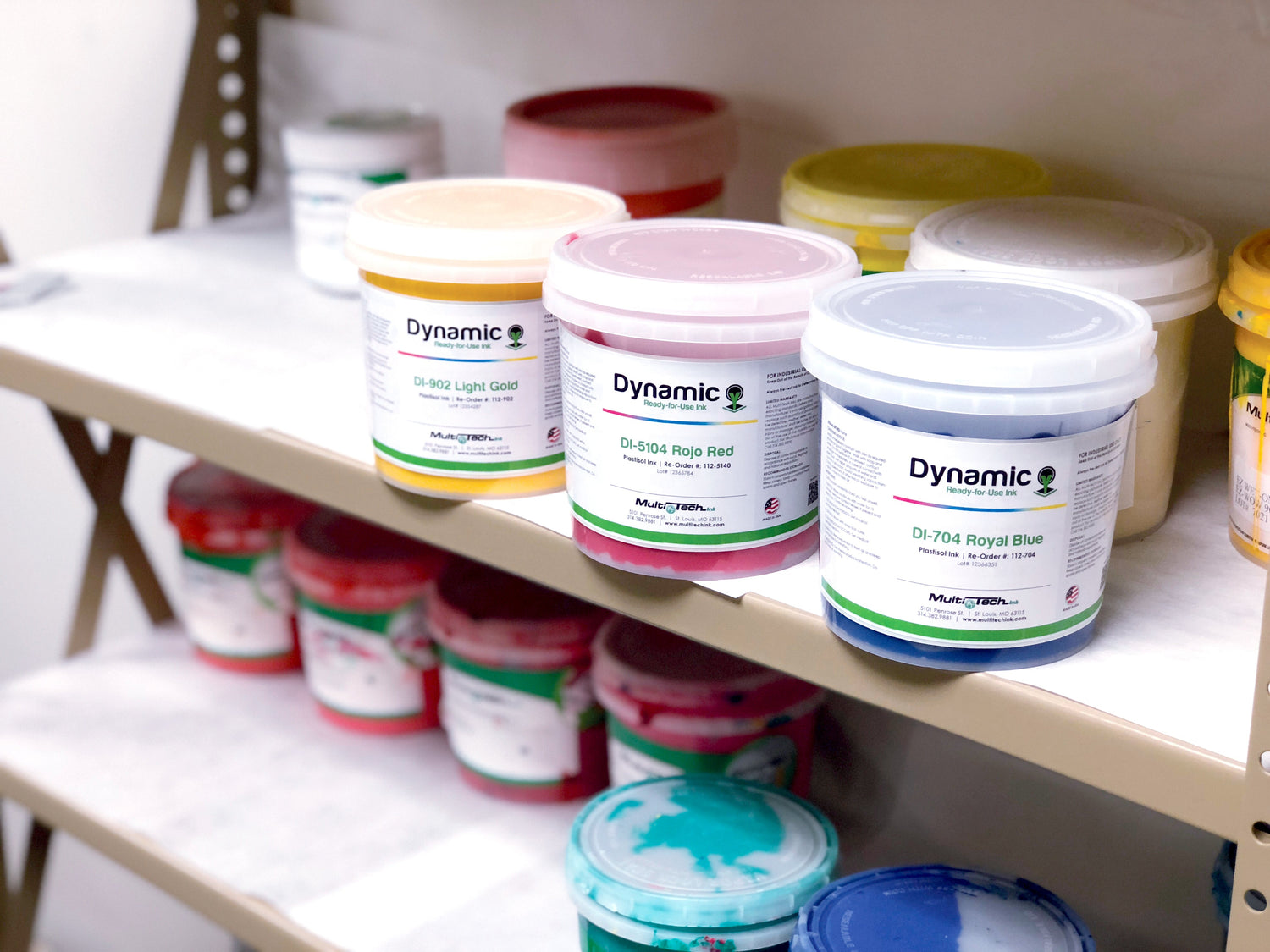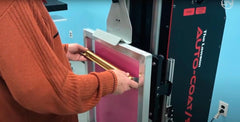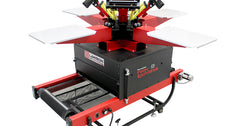Achieving precise Pantone® colors in your printing projects can be a challenging but rewarding endeavor. To help you on your journey to color perfection, we've put together a comprehensive guide that will walk you through the process. Let's dive into the essential sections of this guide to help you become a Pantone® color maestro.
SECTION II: Becoming Familiar With Your Pantone® Color Formula Guide
Pantone® colors are known for their vibrancy and consistency. However, what many people don't realize is that each Pantone® color in the formula guide is created using two or more base colors. On the right-hand side of each color block, you'll find the exact amount of grams needed to achieve that color. Each formula totals 100 grams or roughly six ounces, providing a precise roadmap for your color-matching journey.
SECTION III: Create Your Own Colors
While Pantone® provides precise formulas for their colors, you have the flexibility to experiment and create your unique shades. As mentioned in Section II, the grams needed for each formula are conveniently listed, making it easy to recreate or modify colors as you see fit.
However, if you're working on larger projects and need more ink, you'll need to scale up the formulas. Here's a handy multiplier guide to help you produce the desired color in larger volumes:
- 1 Quart: Multiply Each Ingredient by 11
- 1⁄2 Gallon: Multiply By 22
- 3⁄4 Gallon: Multiply By 26
- 1 Gallon: Multiply By 35
- 5 Gallon: Multiply By 224
These multipliers provide the total grams needed. To convert grams to pounds, simply divide your total grams by 454 (454 grams equals one (1) pound).
SECTION IV: Important Tips
- Choose the Right Containers: To maintain the delicate balance of ingredients in your inks, avoid storing them in paper containers or anything that absorbs moisture. Moisture can extract plasticizers from the ink, leading to color discrepancies.
- Avoid Wooden Stir-Sticks: Wooden stir-sticks can also absorb plasticizer and affect the ink's balance. Use non-absorbent materials like plastic or metal for stirring.
- Keep It Covered: Always cover your containers to prevent contamination by dust, dirt, or other unwanted particles. A little precaution goes a long way in maintaining ink quality.
- Keep Accurate Records: Consistency is key in color matching. Maintain detailed records of your formulas and processes to replicate colors accurately in future projects.
- Document Additives: If you use any additives in your ink mixing process, don't rely on memory alone. Write down the details to ensure consistent results.
By following these sections and tips, you'll be well on your way to mastering Pantone® color matching with Multi-Tech's Color-Match plastisol inks. Whether you're recreating Pantone® classics or experimenting with your unique hues, this guide provides the foundation you need for color success. Happy printing!







